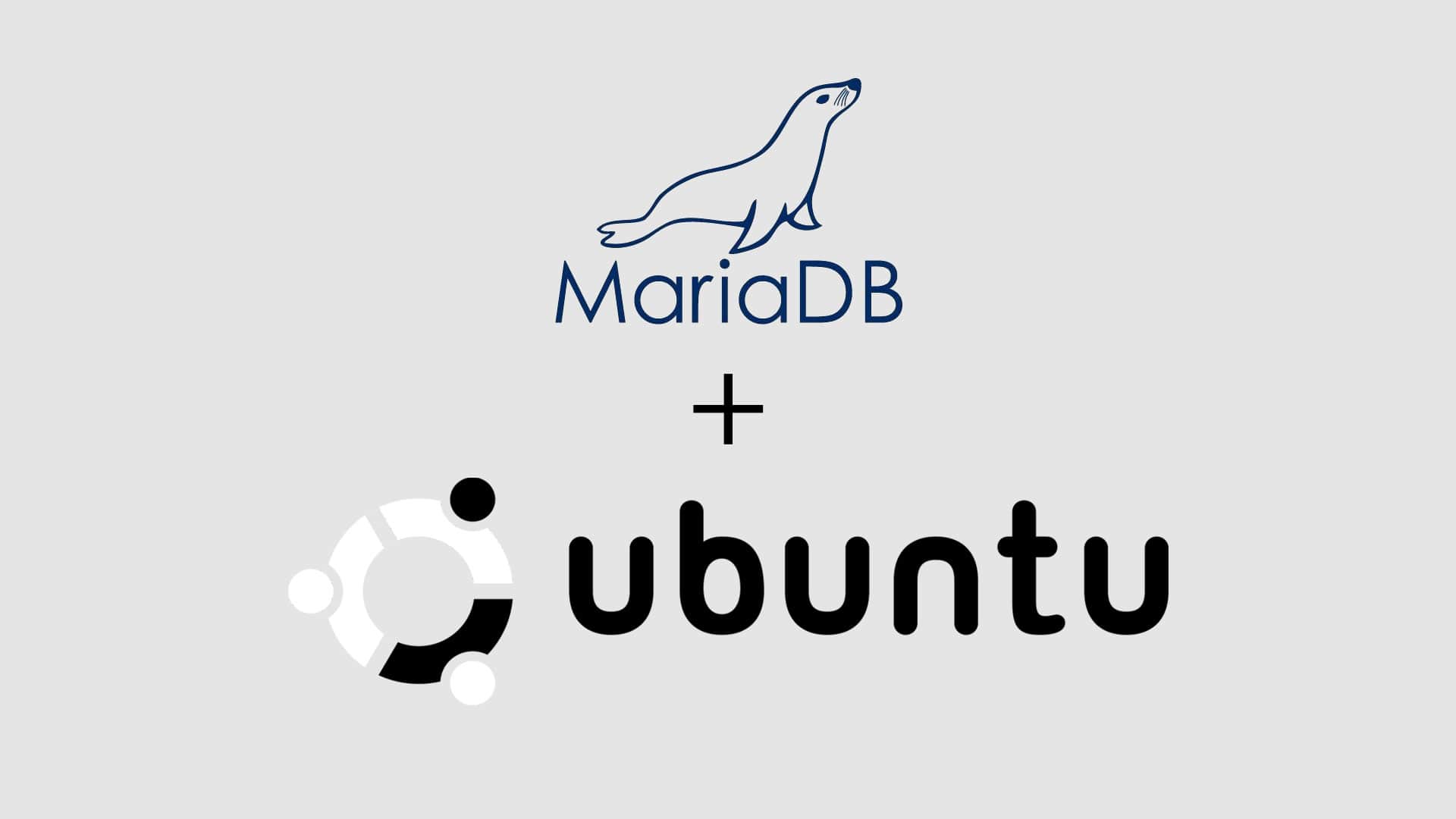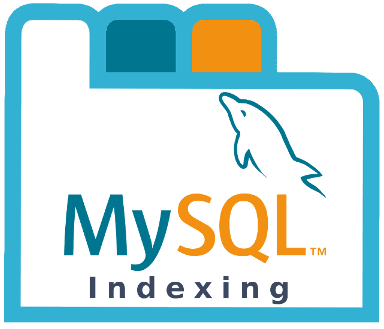Tag: MariaDB
Our MariaDB section has tutorials on how to index, identify long queries and other valuable instruction. Check out our articles to get the most out of your MariaDB instances.

The MariaDB server is a popular, open-source relational database known in the standard repositories of all major Linux distributors.
How to Install and Configure Zabbix on Ubuntu 20.04
Introduction
Zabbix is an open-sourced tool used to monitor various IT components such as servers and hardware that they are running, cloud services, whole networks, etc. Zabbix can monitor the network health and integrity of your servers. All monitoring can be done through Zabbix’s web-based frontend. This means that you can quickly check the status of your servers from anywhere! This article describes how to install the Zabbix monitoring tool, create a database, and configure the frontend on Ubuntu 20.04.
How to Install and Configure ClickHouse on Ubuntu 20.04
What is ClickHouse?

ClickHouse is an open-source column-oriented DBMS (or database management system) primarily used for OLAP (or the Online Analytical Processing of queries). It is capable of blazing fast generation of real-time analytical data and reporting utilizing SQL queries. It is fault tolerant, scalable, highly reliable and contains a feature rich tool set.
MySQL Performance: How To Leverage MySQL Database Indexing

Throughout this tutorial, we will cover some of the fundamentals of indexing. As part of the MySQL series, we will introduce capabilities of MySQL indexing and the role it plays in optimizing database performance. Liquid Web recommends consulting with a DBA before making any changes to your production level application.
Connecting to MySQL Using Python
In this article, we will be discussing how to connect to MySQL using Python. Python is one of the most productive and widely used programming languages in use today. Its simple and elegant syntax makes it ideal for new programmers, while experienced programmers enjoy the extensive list of available modules and functionalities.
MySQL Performance: Identifying Long Queries
Every MySQL backed application can benefit from a finely tuned database server. The Liquid Web Heroic Support team has encountered numerous situations over the years when some minor adjustments have made a world of difference in website and application performance. In this series of articles, we have outlined some of the more common recommendations that have had the largest impact on performance.
How to Create and Use MySQL Views
What is a MySQL View?
A MySQL view is simply an ordinary database object that can save SQL query writers a lot of time when used correctly. A view is a stored query that a user can reference just like a table. Many times users will find themselves using the same base query over and over to solve multiple problems. Views are a way of quickly saving that query and referencing it later.
Deleting Fields from Database Tables with PhpMyAdmin
The scope of information needed in a table can change overtime, and you may find you no longer need a whole column of data. Removing a column from a table can help get rid of unwanted content, like if a project or product is no longer needed, to help free up disk space on a server, to clean up any empty or unused columns, or even just remove data that may have been duplicated. Removing a column is quick and easy to do in PhpMyAdmin.
Inserting Fields into Database Tables with PhpMyAdmin
When working on a database, we sometimes find that additional data should be added for each record, but will not fit into any of the existing fields or structures. Adding a new column into an existing database can help with this problem, and it is very easy to accomplish with PhpMyAdmin.
Deleting Tables from a Database with PhpMyAdmin
Managing databases and tables from within PhpMyAdmin is usually very straightforward. This guide will demonstrate how to remove columns and tables from a database using PhpMyAdmin.
Our Sales and Support teams are available 24 hours by phone or e-mail to assist.

